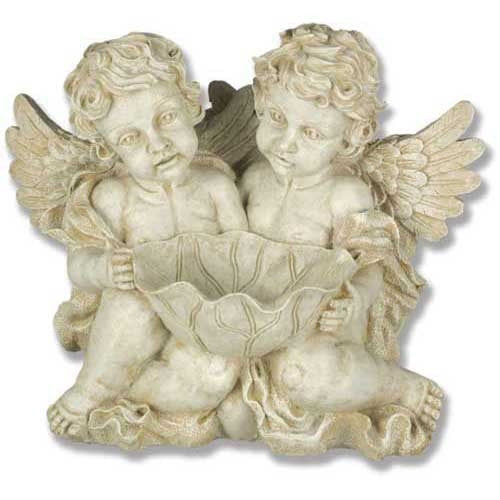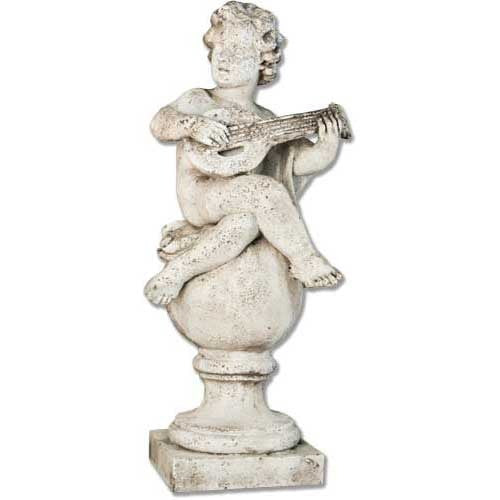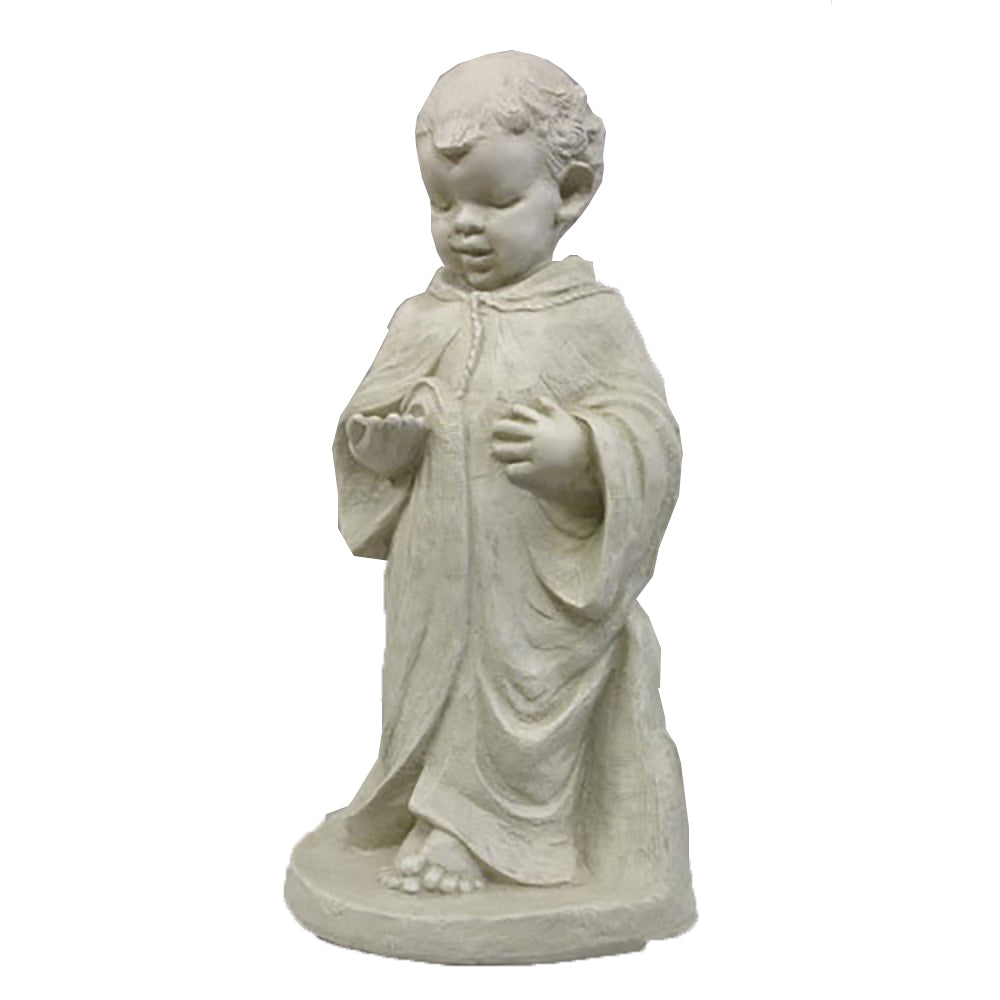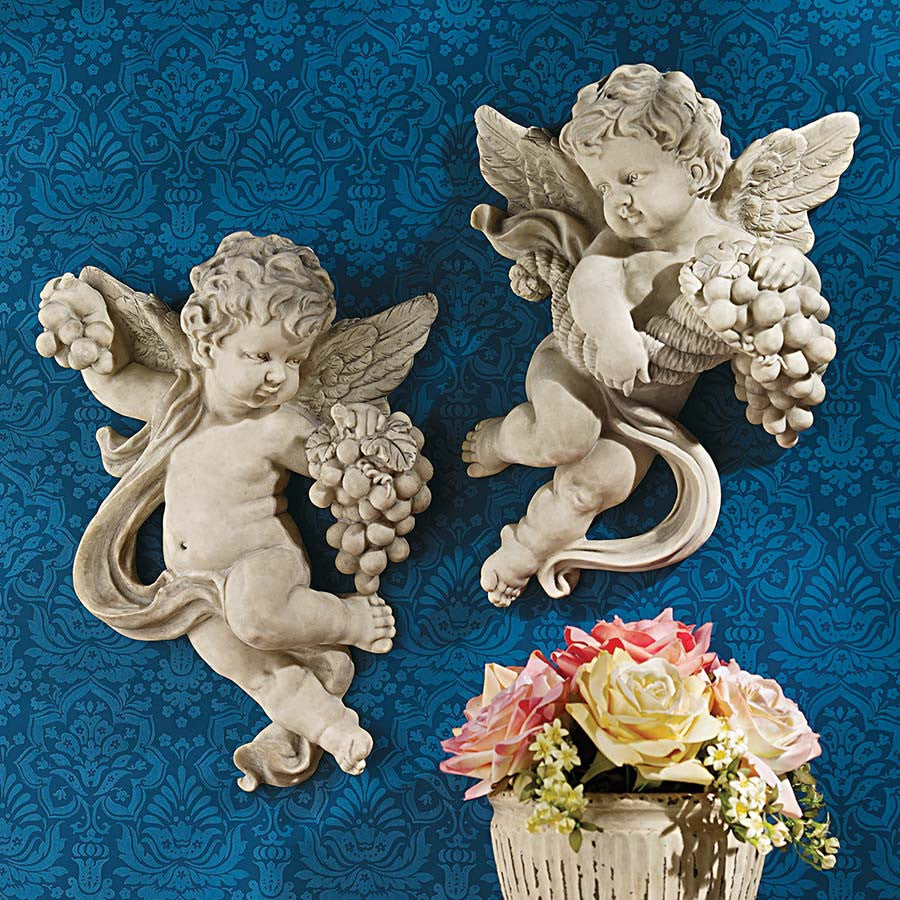Angel and Cherub Sculptures: Symbolism and Artistic Expressions
Throughout history, art has served as a profound medium for conveying human emotions, beliefs, and aspirations. Among the various forms of artistic expression, sculptures hold a special place, offering a tangible and enduring representation of beauty, culture, and spirituality. Among the many subjects that sculptors have immortalized in stone and marble, angel and cherub sculptures stand out for their ethereal charm and symbolic significance.
What Does a Cherub Sculpture Mean?
Cherub sculptures have long been associated with celestial beings that bridge the gap between humanity and the divine. These winged figures, often depicted as plump and childlike, hold a unique place in artistic iconography. In art and culture, cherubs symbolize innocence, purity, and the transient nature of life. Their presence in sculptures adds a touch of otherworldly elegance and a sense of divine protection.
What Era is Cherub Art?
Cherub art finds its roots in ancient civilizations, but it flourished particularly during the Renaissance period in Europe. The Renaissance saw a revival of classical ideals and an exploration of spiritual themes, both of which found expression in the art of the time. Cherub sculptures adorned cathedrals, palaces, and public spaces, reflecting the prevailing religious and cultural sentiments.
What Does the Baby Angel Symbolize?
The portrayal of baby angels, often referred to as putti, carries its own symbolism. These endearing figures are emblematic of innocence, joy, and the transient nature of childhood. Putti often accompany larger angelic sculptures, adding a sense of playfulness and light-heartedness to the overall composition. Their inclusion serves as a reminder of the delicate balance between the earthly and the divine, the temporal and the eternal.
What is the Difference Between a Cherub and a Cupid?
While both cherubs and Cupids are associated with notions of love and desire, they possess distinct roles and characteristics. Cherubs are often depicted as angelic beings, emphasizing their connection to the spiritual realm and their role as messengers of divinity. Cupid, on the other hand, is a mythological figure from Roman tradition who is portrayed as a mischievous deity wielding a bow and arrow to inspire romantic love. While cherubs exude innocence, Cupid embodies a more playful and sometimes even mischievous demeanor.
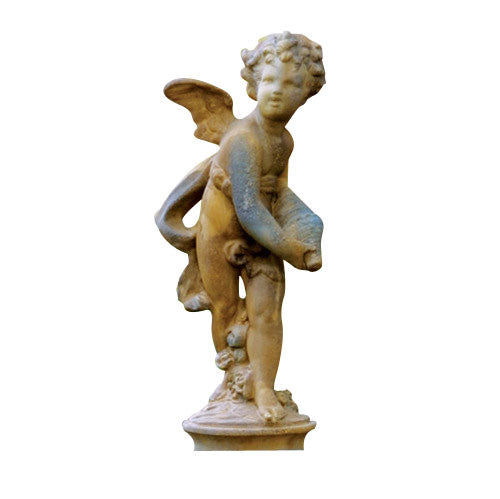
Artistic Evolution and Cultural Influence
Cherub and angel sculptures have not remained stagnant throughout history; they have evolved to mirror changing artistic styles and cultural influences. From the graceful and harmonious forms of the Renaissance to the intricate and emotive sculptures of the Baroque period, cherubs have adapted to suit the prevailing aesthetic sensibilities.
In contemporary art, cherub and angel sculptures continue to captivate artists and audiences alike. Modern sculptors reinterpret these timeless motifs, infusing them with new perspectives, materials, and techniques. These sculptures are not merely relics of the past but serve as a bridge between tradition and innovation, connecting the rich cultural heritage of the past with the creative possibilities of the present.
Angel and cherub sculptures stand as testament to the enduring power of artistic expression and the human fascination with the divine. As symbols of innocence, spirituality, and the interplay between the earthly and the ethereal, these sculptures continue to inspire awe and contemplation. Whether adorning ancient cathedrals, ornate palaces, or contemporary galleries, cherubs and angels remind us of the enduring connection between art, culture, and the profound depths of human experience. Their wings outstretched and faces aglow, these sculptures invite us to ponder the mysteries of existence and the beauty that transcends time and place.











